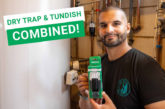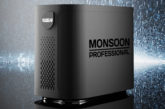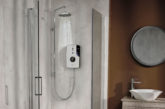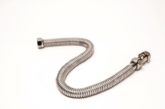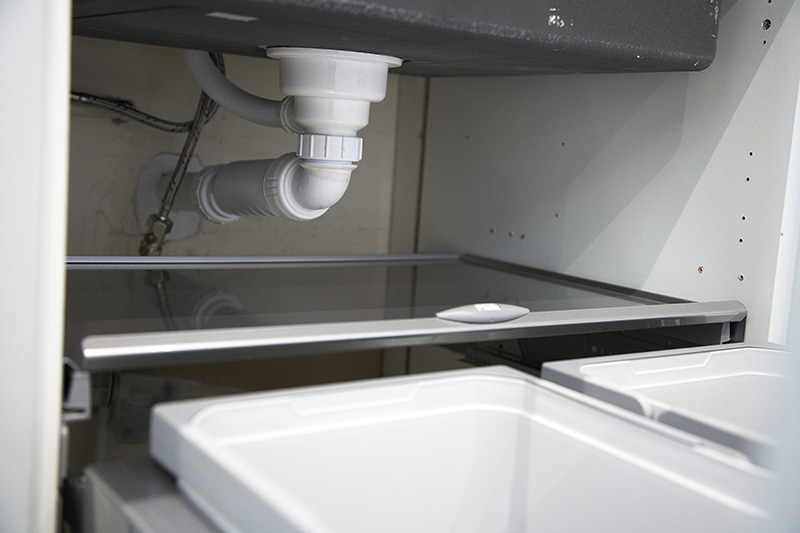
David Clayson, International Product Manager at Wavin’s Osma brand, gives some helpful advice on how waterless traps can do their part to help keep buildings safe to use.
When the UK entered lockdown, spaces such as holiday homes, commercial properties and offices were understandably left for long periods of time, which also led to regular maintenance taking a backseat. Now, as we begin adapting to a new normal, it’s important for plumbers and installers to have the correct information, products and advice regarding hygiene to reassure customers moving forward.
More and more research studies are demonstrating how buildings should be properly maintained to improve health and hygiene and, importantly given the Covid-19 outbreak, avoid the potential spreading of viruses. After the 2003 SARS epidemic, the World Health Organisation and Hong Kong Health Authority discovered that it’s possible for viruses to spread through pipework via wastewater and dried out water traps, with contaminated air travelling through an airborne transmission route, aided by bathroom extract ventilation.
During lockdown, when many buildings were left underused, water-filled traps were at risk of drying out. When this happens, foul sewer air, gases, bacteria and – according to the research – viruses, can escape from waste discharge systems, into occupied spaces. This can lead to several issues for those returning to the buildings, as well as to any occupants who were still present in the buildings during lockdown.
A key option for plumbers to reduce this risk and ensure ultimate hygiene within a space is by installing waterless traps. As opposed to traditional water traps, which use water to create a seal between the inside of the building and the sewer below, waterless traps such as the Osma HepvO contain a silicone valve and self-sealing mechanical flap, meaning they cannot dry out. This reduces the risk to occupants of coming into contact with any harmful bacteria or viruses.
Another hygiene benefit that waterless traps bring is that the build-up of waste material is reduced. This is because when water enters the silicone valve, the trap opens until the flow of the water stops, forming a tight seal and stopping any stagnant water from forming. Additionally, one of the most common types of emergency repair is to resolve blockages in traditional water traps and this is because of their curved design. They can also easily fail due to evaporation, siphonage or leaking. Using a waterless trap avoids all of this, while bringing the same levels of protection expected.
The benefits of having a waterless trap are obvious for homeowners, but they can be highly advantageous for plumbers and installers too. For example, HepvO features a sleek design and is able to be installed both horizontally and vertically. Compared to traditional solutions, this massively helps on space saving, which is ideal in cramped areas where it may be difficult to carry out installations, such as under baths and behind sinks. Waterless traps are also extremely versatile and are suitable for a range of uses, from sanitary applications to air-conditioning units.
Although waterless traps have been around for many years, when it comes to protecting public health and maintaining hygiene levels, it’s more crucial than ever to give end-users that extra peace of mind. With everyone doing their part to adapt to a new normal, it’s an important time for plumbers and installers to be aware of the alternative options available.


